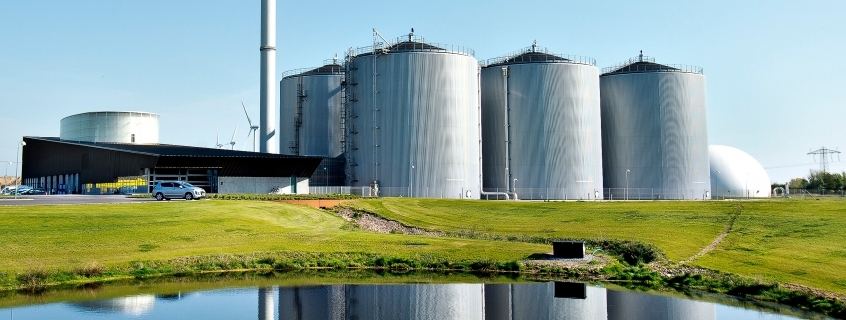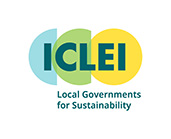 " style="float: right; margin: 0px 0px 15px 15px; width: 250px;">
" style="float: right; margin: 0px 0px 15px 15px; width: 250px;">
Efficient Energy Production through Cogeneration and Trigeneration
Cogeneration is the simultaneous production of useful heat and electricity from the same fuel (IEA, 2009), also known as Combined Heat and Power generation (CHP). It is much more efficient than separate power generation through the combustion of fuels and usually a good choice for large consumers of both heat/cool and electricity such as certain types of industry and hospitals. Cogeneration is ideally suited for constant load profiles of heat and electricity. Its viability is also enhanced by the possibility to feed excess electricity into the public grid and heat into a district heating network.
Taking this one step further to integrate cogeneration with chillers in one process and thus generate cooling from waste heat is called trigeneration or Combined Cooling, Heating and Power (CCHP). Absorption chillers are typically used. By using the fuel in sequential steps, higher primary energy efficiency and cost-effectiveness can be achieved.
This Solution looks at the framework conditions and determinants that are relevant for project viability and implementation. It also looks at the relevance of district cooling in complementing and strengthening the business model for district heating when cogeneration is used.
Some of the roles local governments can play include: acting as role model by contributing to demonstration projects, policy, planning, regulation, stakeholder engagement and coordination for systems-integration across urban utilities and matchmaking between waste heat supply and demand.







